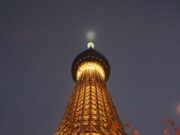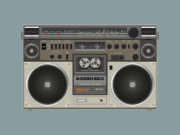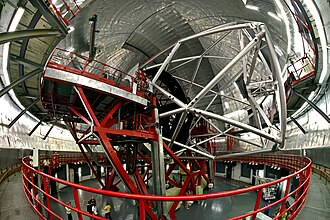Telescopes can be ranked by a variety of metrics including aperture size, sensitivity, and range of wavelengths. Here are some of the world’s most powerful telescopes, mainly judged by their effective aperture:
- Gran Telescopio Canarias (GTC): Located in Spain’s Canary Islands, the GTC is one of the world’s largest single-aperture optical telescopes with a primary mirror 10.4 meters in diameter.
- Keck Observatory: The twin Keck telescopes in Hawaii each have an effective aperture of 10 meters, and they can be used together for even greater resolving power.
- Hobby-Eberly Telescope (HET): Situated at the University of Texas’s McDonald Observatory, HET has an effective aperture of 9.2 meters.
- Southern African Large Telescope (SALT): Based on the design of the HET, SALT also has an effective aperture of around 9.2 meters.
- Very Large Telescope (VLT): Operated by the European Southern Observatory in Chile, the VLT consists of four 8.2-meter telescopes that can be used together.
- Subaru Telescope: With an aperture of 8.2 meters, this optical-infrared telescope in Hawaii is managed by the National Astronomical Observatory of Japan.
- Gemini Observatory: The Gemini Observatory consists of twin 8.1-meter telescopes in Hawaii and Chile.
- Large Binocular Telescope (LBT): Located in Arizona, the LBT consists of two 8.4-meter mirrors on a common mount, and it can function as a single 11.8-meter instrument.
- Great Magellan Telescope (GMT): When completed, the GMT in Chile will have seven 8.4-meter mirrors with a total combined light-collecting area equivalent to a 24.5-meter (80.4 ft) single mirror.
- Thirty Meter Telescope (TMT): The TMT, when finished, will be one of the largest telescopes in the world, with a 30-meter primary mirror diameter.
The James Webb Space Telescope, the successor to the Hubble Space Telescope, is also worth mentioning even though it’s not land-based. It has a 6.5-meter primary mirror and is designed to capture infrared light, which will allow it to see through dust clouds and observe distant, young galaxies in the early Universe.
Facebook Comments


































